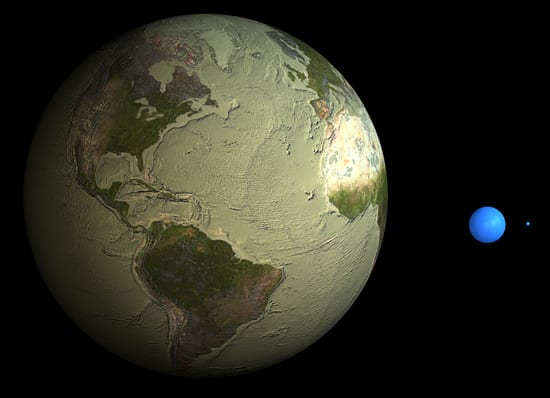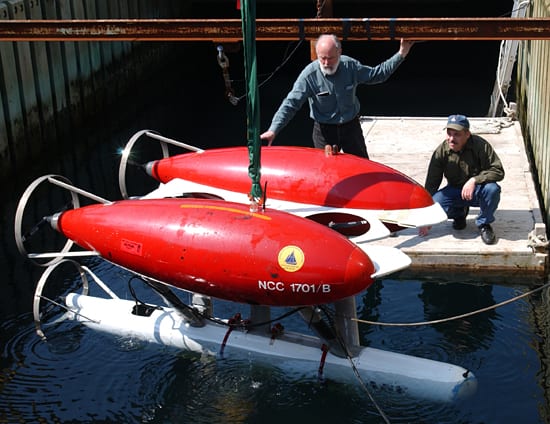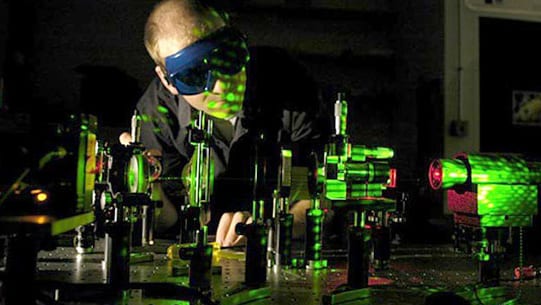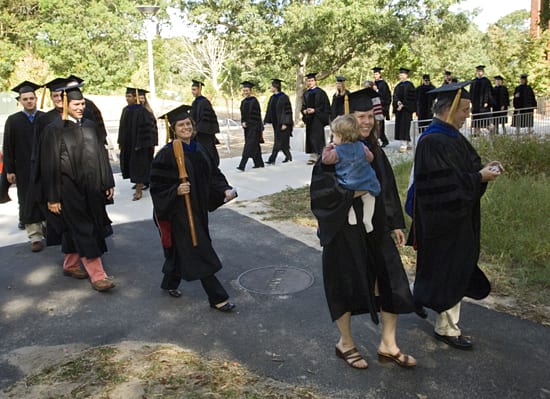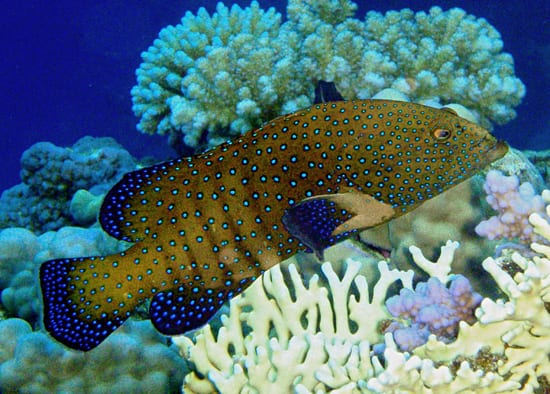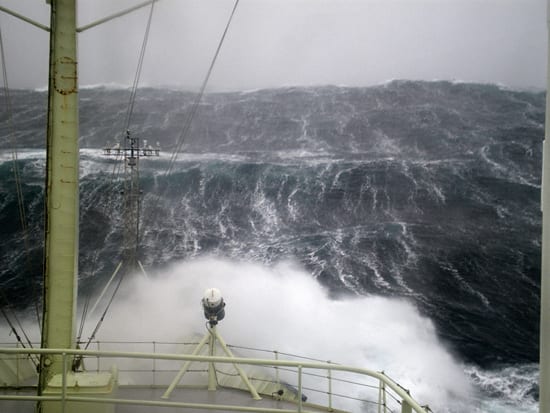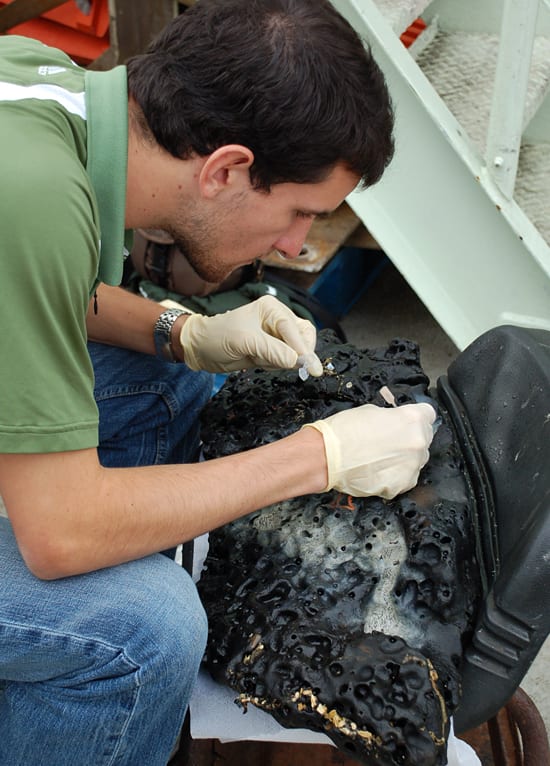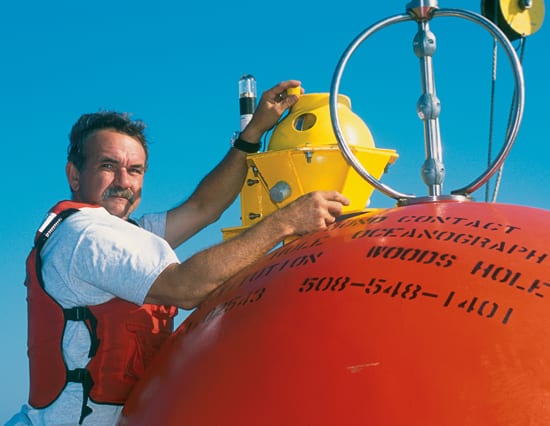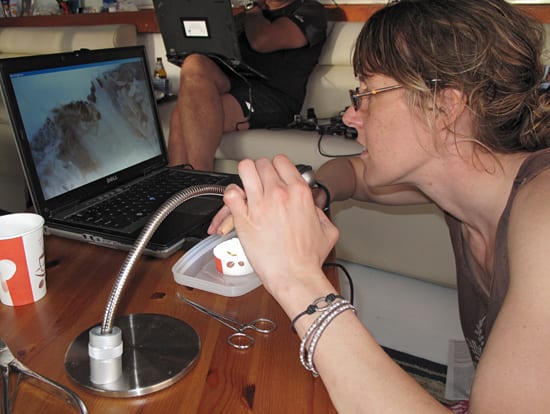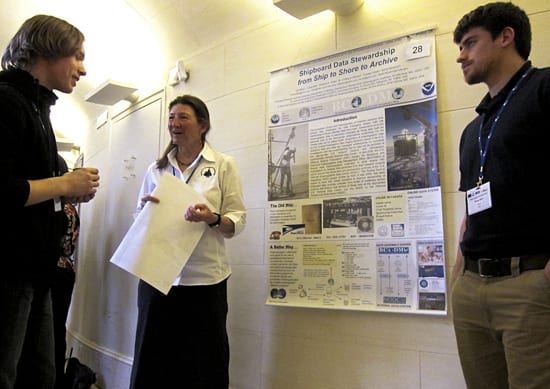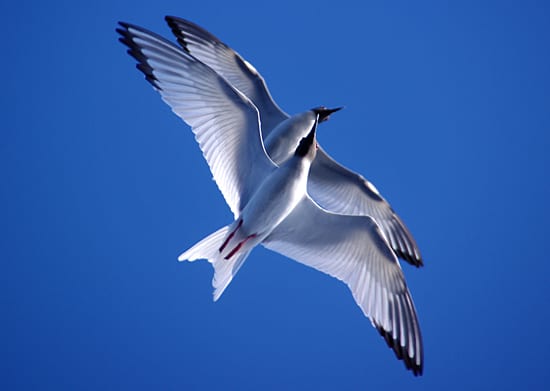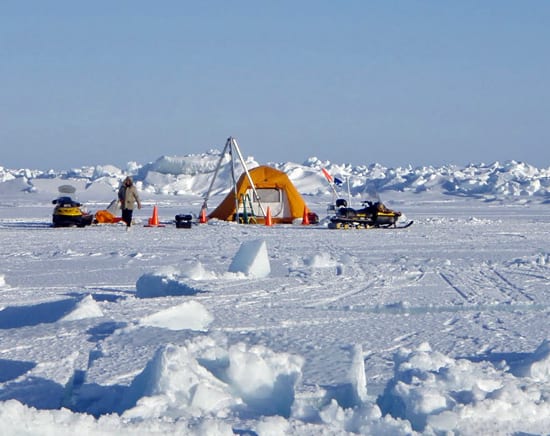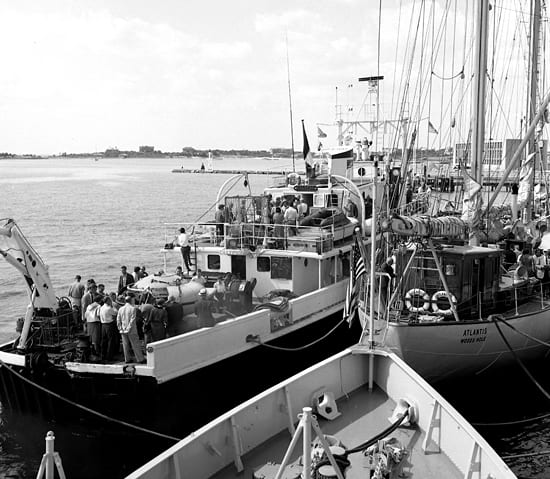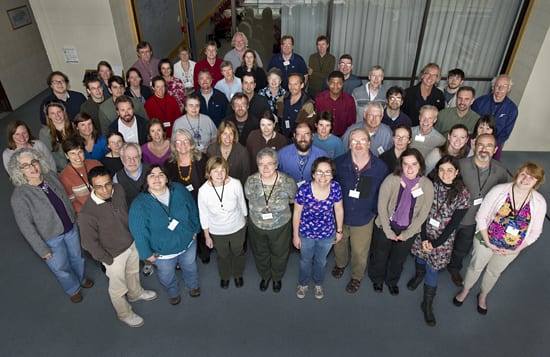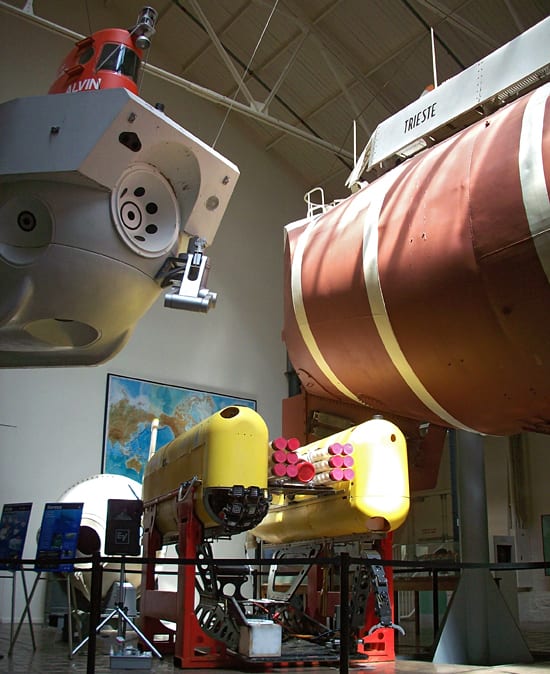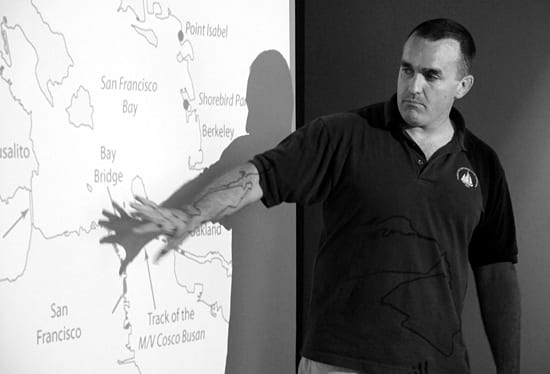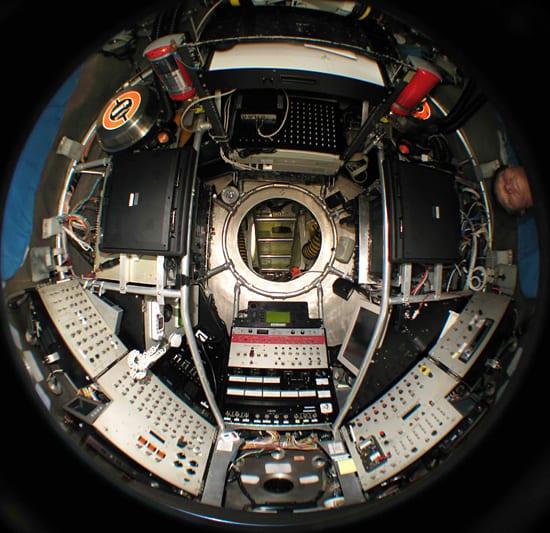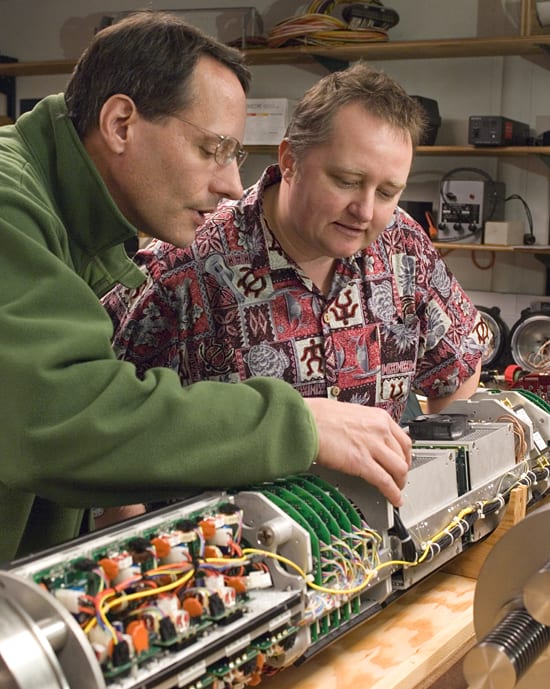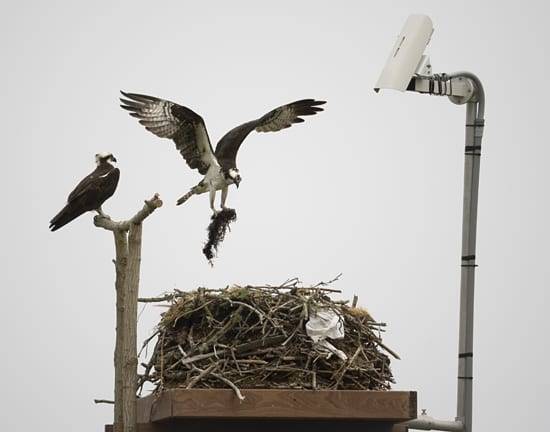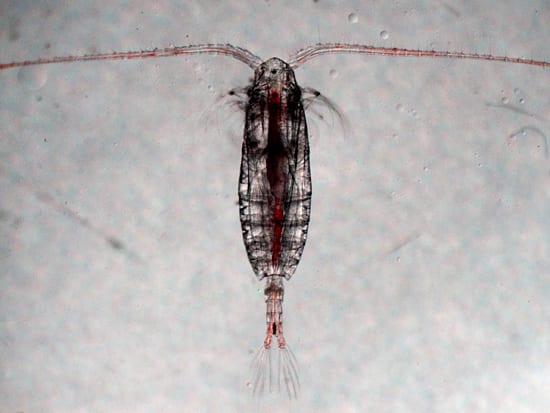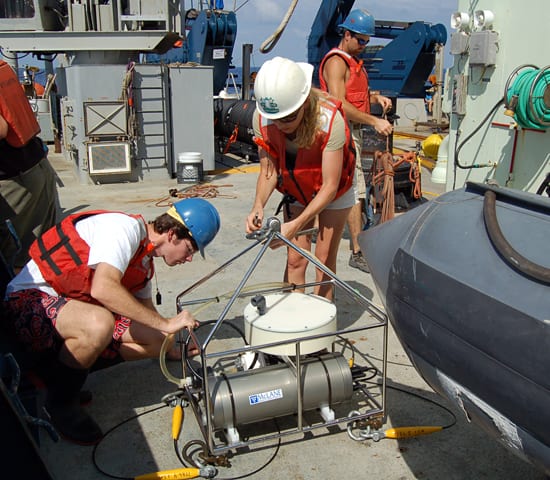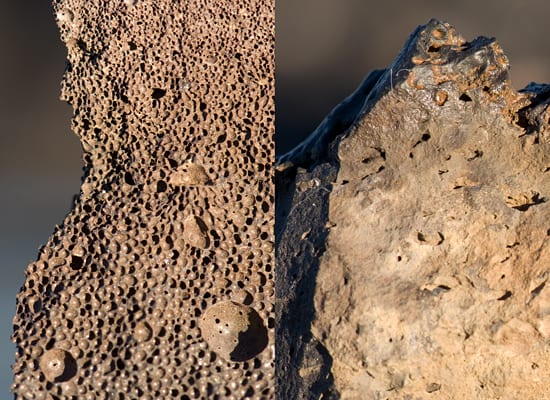Multimedia
Happy World Oceans Day
Earth is an ocean planet. More than 70% of its surface is covered by ocean with an average depth of just over two miles. But how much water is there…
Read MoreAdieu to ABE
The Autonomous Benthic Explorer, fondly known as ABE, was lost at sea March 5, 2010, on an expedition off the coast of Chile during its 222nd research dive. Built as…
Read MoreHolography and Oceanography
An audio slideshow on a new way to use lasers to reveal tiny sea life
Read MoreHere come the graduates
Margaret Boettcher (carrying belaying pin) and Joanna Wilson (carrying daughter Raynham) make their way in procession to the 2005 commencement ceremony of the MIT/WHOI Joint Program in Oceanography and Applied…
Read MoreSwimming peacock
A peacock grouper (Cephalopholus argus) swims along the Farasan Banks in June 2009. WHOI biologist Simon Thorrold and international colleagues were there to conduct an ecological survey of corals and…
Read MoreA view from the bridge
It’s just another relatively routine autumn day in the North Atlantic for the WHOI-operated research vessel Knorr. On an expedition to the Irminger Sea in October 2007, scientists and crew…
Read MoreDangerous ice
During a four week expedition aboard the U.S. Coast Guard Cutter Polar Star in the summer of 2002, scientists and sailors battled Arctic Ocean ice to observe one of the…
Read MoreGood day at black rock
Blair Paul, a graduate student at the University of California, Santa Barbara, gently scrapes biological specimens from a chunk of asphalt that had been at the bottom of the Santa…
Read MoreSeeing the light
Prior to deployment, Senior Engineering Assistant Scott Worrilow checks the ARGOS beacon transmitter on a subsurface buoy. The buoy system is deployed with the transmitter in a standby mode that…
Read MoreA Preview of Coral Spawning
Assistant scientist Ann Tarrant dissects coral fragments and scans microscopic images for signs of egg development. Tarrant is working with research specialist Anne Cohen and postdoc investigator Neal Cantin to…
Read MoreHall of Science
Cyndy Chandler (center) and Tobias Work (right) talk with Alexander Smirnov (Arctic and Antarctic Research Institute, Roshydromet, Russian Federation) during a poster session at the International Conference on Marine Data…
Read MoreNight gulls, not owls
Two Galapagos Swallow Tailed Gulls soar in the sky above the R/V Atlantis during a 2010 expedition. The birds, which are the only fully nocturnal gulls and seabirds in the…
Read MoreSetting up an Arctic camp
The REMUS research crew in Barrow, Alaska, had to construct this camp–Ice Camp No. 2–because their first one was taken down by a traveling iceberg the night before.The WHOI team,…
Read MoreShipmates
The research vessel Atlantis at the Woods Hole Oceanographic Institution (WHOI) dock in 1959 along with the Calypso — a former British Royal Navy Minesweeper converted into a research vessel…
Read MoreCalling all sea squirt scientists!
Participants in the third International Invasive Sea Squirt Conference, held at WHOI April 26-28, 2010, pose for a commemorative shot. Sea squirts — or tunicates — are spongey, sack-like filter…
Read MoreThree deep in the museum
A full-scale model of the submersible Alvin (left) hangs in the US Navy Yard Museum in Washington, D.C., alongside the bathyscaphe Trieste (right), which, in 1960, made the only manned…
Read MoreThe Earl of Oil
WHOI chemist Chris Reddy describes his work on the November 2007 San Francisco Bay oil spill, which occurred when the M/V Cosco Busan struck the San Francisco-Oakland Bay Bridge and…
Read MoreFrom the Bottom Up
During a typical eight-hour dive, the Alvin personnel sphere carries a pilot and two science observers to the sea floor. This image of the sphere was taken with a fisheye…
Read MoreBuilding Deep Sea Vehicles
Andy Bowen and Chris German examine the interior of a robotic vehicle in the National Deep Submergence Laboratory at WHOI, a state-of-the-art lab for development of advanced vehicles for exploring…
Read MoreNew neighbors
During the week of May 3, 2010, a pair of osprey settled onto the nest on the WHOI Quissett campus, allaying fears that the nest would go unoccupied this year.…
Read MoreAn important link
Crustaceans come in all sizes. At the top of the scale are crabs with foot-long legs and tasty lobsters. Down near the bottom are copepods — critters the size of…
Read MoreTaking the helm
Rob Munier was named the newest vice president for Marine Operations and Facilities at WHOI on March 1. He has spent more than 500 days at sea during a 30-year…
Read MoreThat was just SUPR
John (Chip) Breier (left) and Carly Strasser recover a plankton pump mooring and a new particulate sampler, the Suspended Particulate Rosette Sampler (SUPR), which Breier developed with funding from the…
Read MoreLava rocks!
Two types of lava can form from the same volcano. These samples came from an eruption in Antarctica that occurred about 25,000 years ago. They were collected by WHOI geoscientists…
Read More
